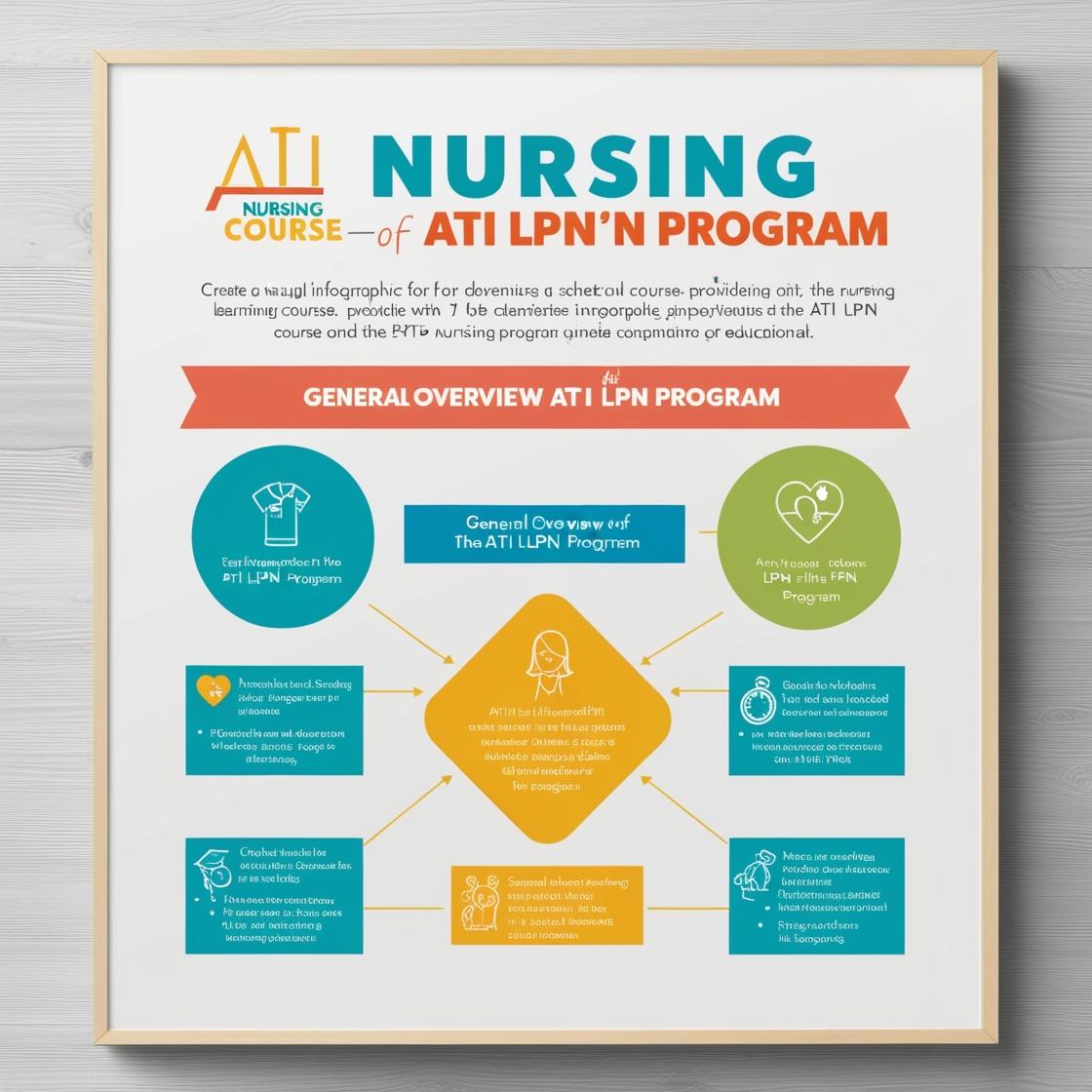LPN LPN
PN ATI Capstone Fundamentals Quiz
1. A healthcare professional is reviewing the lab report of a client who has been experiencing a fever for the last 3 days. What lab result indicates the client is experiencing fluid volume deficit (FVD)?
- A. Decreased hematocrit
- B. Increased BUN
- C. Increased hematocrit
- D. Decreased urine specific gravity
Correct answer: C
Rationale: An increased hematocrit level indicates dehydration or fluid volume deficit. Hematocrit measures the proportion of blood volume that is occupied by red blood cells, and when a client is experiencing fluid volume deficit, there is less fluid in the blood, causing the concentration of red blood cells to be higher, leading to an increased hematocrit level. Decreased hematocrit (Choice A) is more indicative of fluid volume excess. Increased BUN (Choice B) is associated with renal function and dehydration but is not a direct indicator of FVD. Decreased urine specific gravity (Choice D) is also associated with dehydration, but an increased hematocrit is a more specific indicator of fluid volume deficit.
2. A nurse in a provider's office is assessing the motor skill development of a 15-month-old toddler during a well-child visit. What gross motor skills should the nurse expect to observe?
- A. Walks without assistance using a wide stance
- B. Climbs stairs with assistance
- C. Runs smoothly
- D. Kicks a ball forward
Correct answer: A
Rationale: The correct answer is A. At 15 months, toddlers typically walk independently but may do so with a wide stance for balance. Choice B, climbing stairs with assistance, is more common around 18 months. Choice C, running smoothly, is usually achieved around 2 years of age. Choice D, kicking a ball forward, generally develops around 2 to 3 years of age. Therefore, for a 15-month-old toddler, the nurse should expect the child to walk without assistance using a wide stance for balance.
3. A nurse is completing an admission assessment for a client who has hearing loss. What action should the nurse take?
- A. Speak loudly to the client
- B. Use written communication to assist with communication
- C. Avoid eye contact while speaking
- D. Use sign language without an interpreter
Correct answer: B
Rationale: The correct action for the nurse to take when assessing a client with hearing loss is to use written communication. This method helps ensure effective communication and that the client understands the information being conveyed. Speaking loudly may not be helpful and can be perceived as rude. Avoiding eye contact can hinder communication and appear disrespectful. Using sign language without an interpreter may not be appropriate if the client does not understand sign language.
4. A nurse is caring for an older adult who has a nonpalpable skin lesion that is less than 0.5 cm (0.2 in) in diameter. Which of the following terms should the nurse use to document this finding?
- A. Papule
- B. Vesicle
- C. Macule
- D. Nodule
Correct answer: C
Rationale: The correct term the nurse should use to document this finding is 'Macule.' A macule is a flat, nonpalpable skin lesion that is smaller than 1 cm in diameter. In this case, the lesion described is less than 0.5 cm, making it appropriate to classify it as a macule. 'Papule' (Choice A) refers to a solid, elevated skin lesion, 'Vesicle' (Choice B) is a small fluid-filled blister, and 'Nodule' (Choice D) is a solid, elevated skin lesion that is larger and deeper than a papule, none of which accurately describe the lesion in question.
5. A client is found on the floor of their room experiencing a seizure. Which of the following actions is the priority for the nurse?
- A. Place the client on their side with their head forward
- B. Call for help
- C. Protect the client's head
- D. Restrain the client
Correct answer: A
Rationale: During a seizure, the priority action for the nurse is to place the client on their side with their head forward. This position helps maintain an open airway and prevents aspiration, which is crucial in managing the client's safety during a seizure. Calling for help is important but ensuring the client's immediate safety by positioning them correctly takes precedence. Protecting the client's head can be done concurrently while positioning the client. Restraint is not appropriate during a seizure as it can lead to injuries and complications.
Similar Questions

Access More Features
ATI LPN Basic
$69.99/ 30 days
- 50,000 Questions with answers
- All ATI courses Coverage
- 30 days access @ $69.99
ATI LPN Premium
$149.99/ 90 days
- 50,000 Questions with answers
- All ATI courses Coverage
- 30 days access @ $149.99
